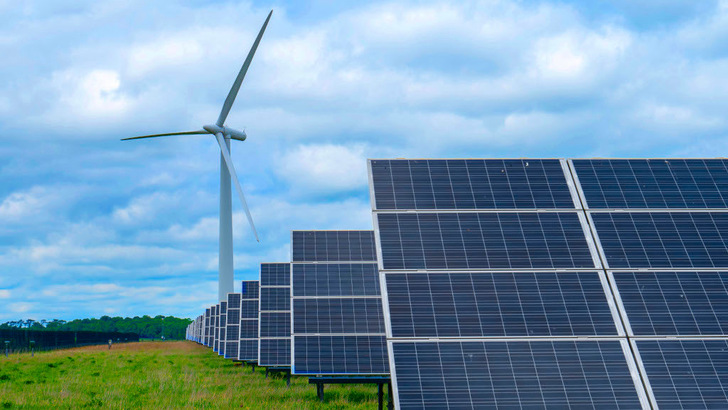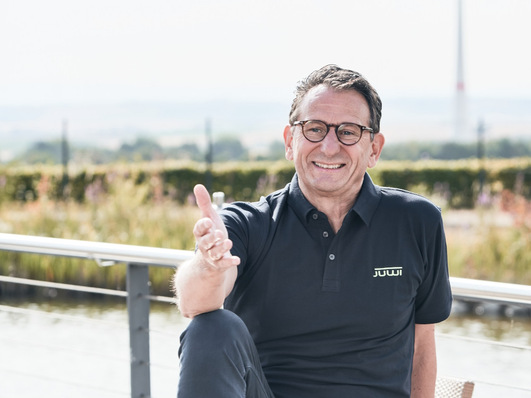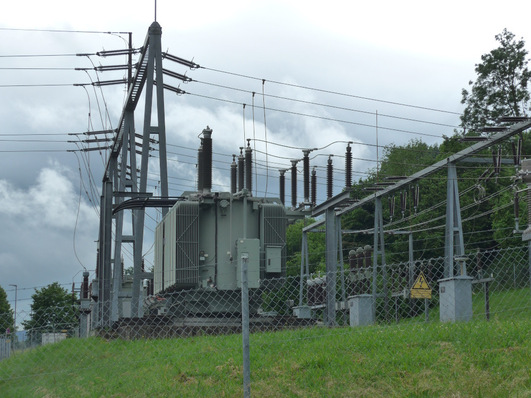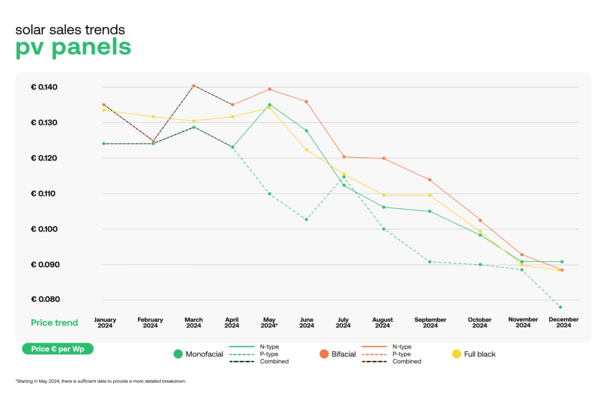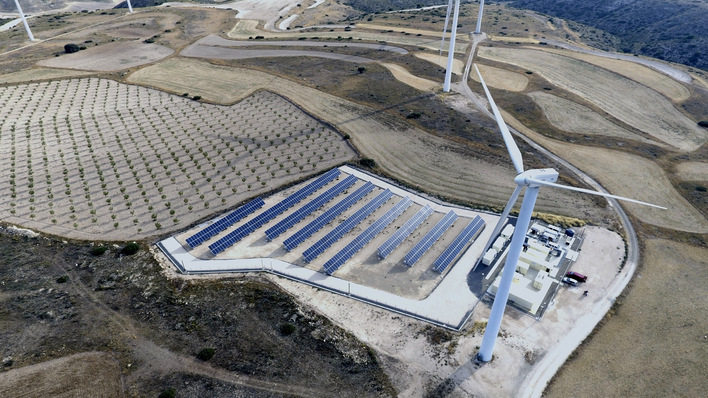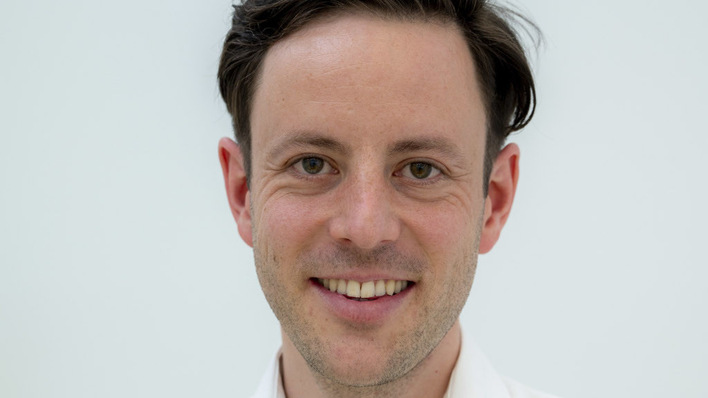After years of delays, the Croatian transmission system operator HOPS (Hrvatski operator prijenosnog sustava) has established connection fees for solar parks and wind farms. However, the Croatian Renewable Energy Association (OIEH) cautions that the steep fees risk cancelling many previously postponed projects.
Steep connection fees
Currently, 60 projects with a combined capacity of 3.5 gigawatts are stalled due to the absence of a grid connection framework. These large-scale projects require connection to the transmission grid. For years, HOPS failed to implement rules or define costs for these connections. Under the “Establishment of technical conditions in the grid” (Stvaranje tehničkih uvjeta u mreži – STUM), the transmission system operator has now introduced a grid connection fee of €144,800 per megawatt of installed capacity.
Projects lose bankability
OIEH now estimates that the new fees will increase project costs by 40 percent compared to earlier calculations. Under these conditions, none of the planned projects are deemed bankable, according to industry representatives. They point out that in most European countries, grid connections are either free or involve only a nominal fee.
Operator can disconnect at any time
STUM also grants the transmission system operator the authority to disconnect plants from the grid at any time, further undermining refinancing security. Additionally, investors have no guarantee that the planned transmission line from Split to Rijeka, intended to be financed through these fees, will ever be constructed.
RES Croatia – “Lengthy approval process are an obstacle”
Transmission line plan under scrutiny
OIEH considers this approach fundamentally flawed. The high-voltage grid, including the planned Split–Rijeka line, is strategic infrastructure of national and international importance and is already part of the grid's development plans. Due to its significance, it is comparable to motorways or railway lines, and under the rules of the Croatian Energy Regulatory Agency (Hrvatska energetska regulatorna agencija, HERA), the costs cannot be passed on to generators.
Moreover, the government in Zagreb concluded some time ago that the transmission line is unnecessary, as grid bottlenecks could instead be addressed with battery storage. As a result, OIEH is conducting a study to determine where and how much storage capacity should be installed. The findings are expected early next year.
Harm to investors and municipalities
OIEH fears that by the time the study is completed, 45 renewable energy projects impacted by the connection fees will likely be abandoned. This would result in significant losses, as investors and developers have already paid the state €25 million for energy permits. Industry representatives warn that local municipalities stand to lose the most, as they will miss out on the revenues these projects would have generated.
Croatia’s renewables sector to convene in Zagreb
Projects at risk
Renewable energy has been a clear priority in Croatian strategies and plans for years, prompting the private sector to heed the government’s call to invest in its development. Now, however, the state is abandoning these very producers, the industry association argues. “Over the past year, we have sent letters to the Ministry of Economy every month, offering solutions and urging joint dialogue, but the institutions keep shifting responsibility from one to another. The ministry follows one policy, HERA another, and HOPS a third – yet the result is always the same: the projects are failing,” says Maja Pokrovac, director of OIEH.
Energy imports persist
She also criticises Croatia for neglecting the energy transition toward greater independence, instead turning to projects such as the construction of a nuclear power plant. “These projects may have their place, but they are lengthy and extremely expensive – up to ten times more costly than building a hybrid solar park with battery storage,” stresses Maja Pokrovac. “Meanwhile, solar and wind power plants with storage are already becoming key technologies worldwide. If this approach continues, Croatia will be forced to import costly energy and pay CO2 penalties over the next ten years while waiting for the nuclear plant to be completed – even though we already have the resources we need, namely sun and wind,” warns the OIEH director.
Harnessing domestic resources
Even if a nuclear power plant is eventually completed, assuming it can be financed, Croatia will still depend on imports rather than utilising its own free domestic resources, the association argues. “Unlike nuclear and fossil fuel power plants, which require imported fuels whose availability is increasingly uncertain due to global geopolitical shifts, sun and wind are available to Croatia every day, for good,” the association notes.
Energy transition at risk, Croatian renewables group warns
National party ties to imports
A key reason for the lack of clarity is the misalignment between Croatia’s governing parties. While the HDZ supports the expansion of domestic renewable energy production, coalition partner DP prefers to continue importing electricity and raw materials. “This approach will only make Croatia even more dependent on unstable global markets in the long run. Where is the ‘energy patriotism’ if we turn our backs on our own sun and wind in favour of expensive and unreliable imports?” ask industry representatives.
Brussels steps in
The issue has now reached Brussels. OIEH recently sent an urgent letter to the European Commission, outlining the situation and calling for intervention. An initial meeting has already been held with Commission representatives to explore legal options for resolving the matter at the highest level. According to OIEH, Croatia’s current approach unfairly favours other technologies over renewable energy projects. (su)


